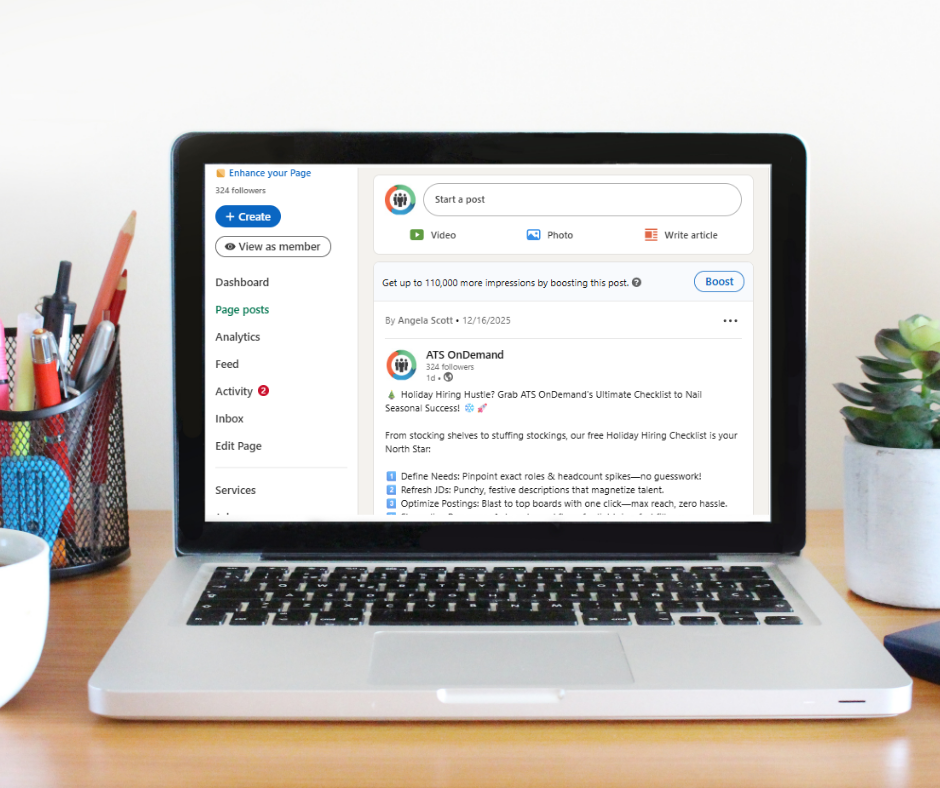In today’s rapidly evolving job market, the traditional workforce is no longer a one-size-fits-all structure. The days of a workforce made up solely of full-time employees working 9 to 5 in a fixed office setting are long gone. Instead, the modern workforce is a dynamic blend of full-time employees, part-time workers, contingent workers, and even digital workers powered by artificial intelligence and automation. This shift represents a new era in how we think about work, employees, and productivity.
Full-Time Employees: The Backbone of the Workforce
Full-time employees have traditionally been the backbone of any organization. These workers typically enjoy stability, long-term employment, and benefits such as health insurance, retirement plans, and paid time off. They are often the core members of an organization who carry the responsibility of long-term goals, day-to-day operations, and maintaining a company’s culture.
However, the role of full-time employees is increasingly being reevaluated as businesses look to adapt to the modern economy. With technological advancements, global competition, and the rise of flexible work arrangements, full-time employees no longer represent the sole workforce group in most organizations. While they still play a central role, businesses are diversifying their approach to talent acquisition and management.
Part-Time Workers: Flexible and Adaptable
Part-time workers are those who work fewer hours than full-time employees. They often have flexible schedules that allow them to balance work with other commitments, such as education, family responsibilities, or side businesses. For many, part-time work offers a way to enter the workforce without committing to the rigid structure of a full-time job.
For employers, part-time workers provide flexibility and help manage fluctuating demands. For example, a retail business might need extra workers during holiday seasons, and part-time employees can help fill that gap without the need for long-term contracts. However, part-time workers may face challenges when it comes to job security and benefits, which makes it essential for businesses to ensure they are offering fair compensation and opportunities for growth, where applicable.
Contingent Workers: The Freelancers and Contractors
Contingent workers, also known as temporary workers, contractors, or freelancers, are on the rise as businesses seek to remain agile and cost-effective. These workers are hired for specific projects or to fill short-term needs. Unlike full-time employees, contingent workers don’t typically enjoy long-term job security, benefits, or a permanent role within the organization.
For businesses, contingent workers provide a valuable resource for specialized tasks or when there’s a need for extra hands during busy periods. Whether it’s a tech consultant brought in to oversee a software upgrade, a marketing expert hired for a campaign, or a construction crew contracted for a new building, contingent workers provide skills and expertise without the long-term commitment. This arrangement also helps companies reduce overhead costs and remain nimble in responding to market shifts.
However, the growth of contingent work also raises concerns regarding labor rights, fair wages, and job security. As more businesses rely on this flexible workforce, questions about the treatment of contingent workers—especially in terms of pay, benefits, and job stability—are likely to intensify.
Digital Workers: Automation and AI Take Center Stage
One of the most significant changes in the workforce is the rise of digital workers—intelligent software, automation, and artificial intelligence that can perform tasks traditionally done by humans. These digital workers can carry out a wide range of activities, from answering customer inquiries to analyzing large sets of data and even executing complex tasks like programming code or diagnosing medical conditions.
Digital workers are transforming industries across the board. In customer service, chatbots are answering questions and solving issues around the clock. In data analysis, AI can process and interpret large datasets in minutes, tasks that would have taken human analysts weeks. In logistics, robots can handle inventory and assist with the supply chain.
While these digital workers offer significant efficiency gains and cost savings, they also pose challenges. There are concerns about job displacement, as automation has the potential to replace human roles in certain sectors. The rise of digital workers also prompts discussions on ethics, privacy, and the impact of AI on labor markets.
The Benefits of a Blended Workforce
The blending of full-time employees, part-timers, contingent workers, and digital workers provides several advantages for both businesses and employees:
- Flexibility: With a mix of employee types, businesses can easily adjust to changes in demand, budget constraints, or skill requirements. This flexibility also allows workers to find a work arrangement that best suits their lifestyle and goals.
- Cost Efficiency: By leveraging contingent workers and digital labor, businesses can save on the costs associated with hiring full-time employees, such as benefits, pensions, and other long-term commitments.
- Access to a Global Talent Pool: The rise of remote work, freelancing platforms, and global hiring means that companies can tap into a broader, more diverse talent pool. They are no longer limited by geographic boundaries, allowing them to find the best person for the job, regardless of location.
- Specialization and Innovation: Bringing in contingent workers or digital workers for specialized tasks allows companies to access expertise that might not be available in-house. Digital workers, in particular, can help accelerate innovation and improve operational efficiency.
The Future of Work: Embracing the Blend
The workforce of the future will undoubtedly continue to evolve as businesses and workers adapt to the demands of a digital, globalized economy. The blend of full-time employees, part-timers, contingent workers, and digital workers is likely to become the norm, with organizations finding creative ways to leverage each group’s unique strengths.
For businesses, the challenge will be to manage this diverse workforce effectively—ensuring clear communication, fair treatment, and fostering an inclusive culture that allows all employees, regardless of their work type, to thrive.
For workers, the future offers more options than ever before. Whether they are looking for flexibility, a traditional career path, or the freedom to work on specialized projects, the modern workforce offers a wide array of opportunities.
As we move forward, the future of work will be defined by the ability to balance human skills and digital intelligence, offering unprecedented potential for both businesses and employees. The key to success will be finding the right blend.




